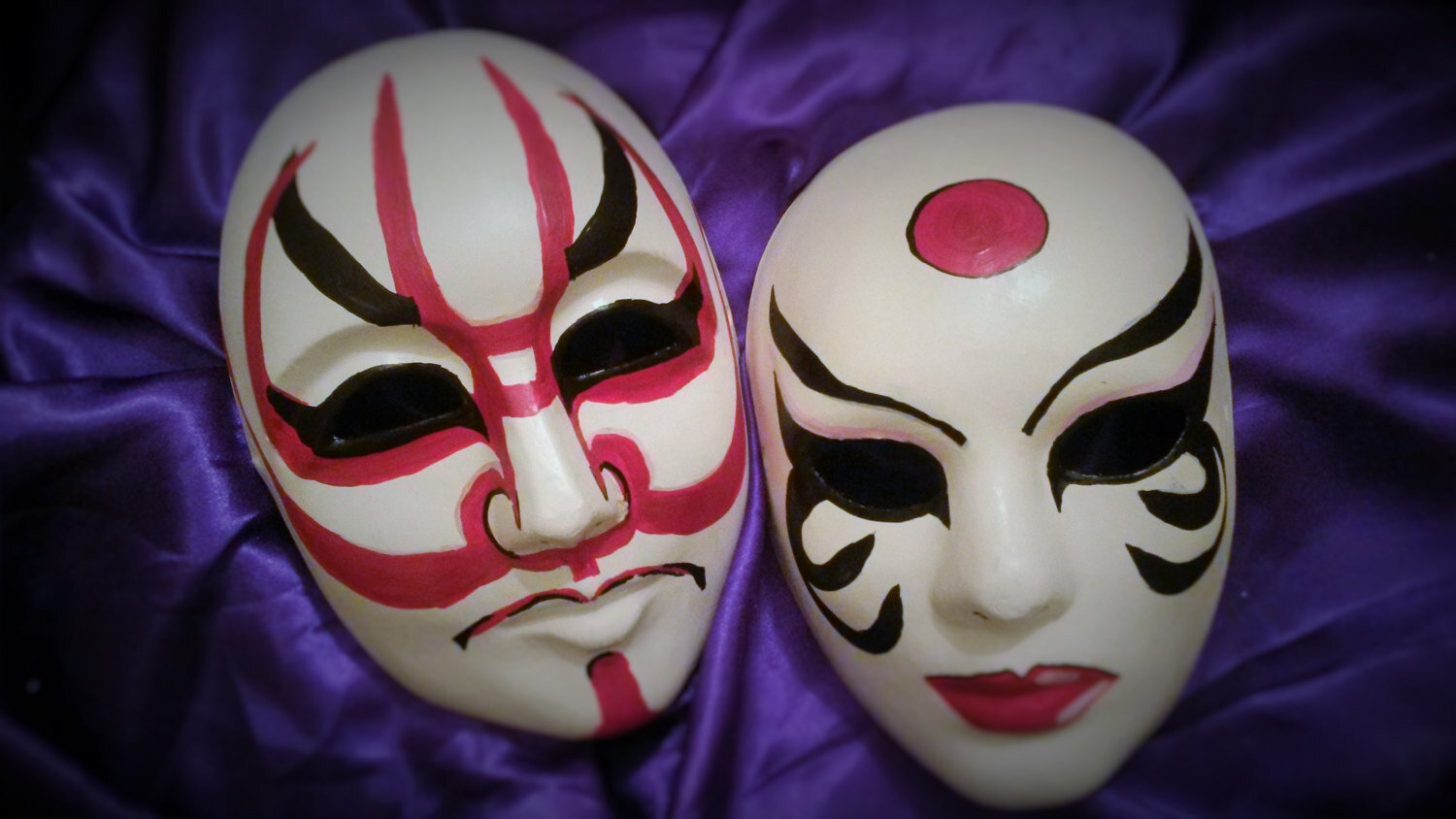As I’ve been going about my days – first at the clinic and now in public – behind a mask, I’ve been noticing changes in my behavior. With patients, I find myself exaggerating the expressiveness of my eyes and amplifying the inflection of my voice, to compensate for what my face mask hides. In public, it’s almost the opposite; I feel silenced by wearing a mask, as if it were a gag preventing me from speaking out.
But what is it I want to say that I cannot? “Be careful,” I suppose, or “Take care,” and once or twice, even a snappish “Six feet, if you don’t mind.” Which, I’ll admit, at other times I might have voiced. Yet instead, because of the mask, I remain silent.
Interesting that the simple addition of some fabric and elastic should have such an effect on me, as I imagine it has on most of us. And it is worth noting that, even before The Virus direly announced its presence, we were all wearing masks anyway.
A common question to ask a Zen student during their training is “what was your face before you were born?” It has no logical answer, of course, but the intent of the question is to force the student to delve inside, past all of the masks we learn to wear, to find the Buddhist emptiness of self. I wear my doctor mask at the clinic. My husband mask at home. At the dojo, I wear the mask of the peaceful warrior, and with friends I will wear masks varied to suit the times.
What is behind all those masks? What is the “me” that I am so diligently protecting with my elaborate masquerade? What is behind yours?
Taoist philosophy holds that we are three people: The person we present to others, the person we believe ourselves to be, and the person who we really are. And the greater the disparity among these, the more difficult our lives become. One of the elements of Taoist training is not so much to discard these masks, but recognize them for what they are, and bring them all into accord with one another.
Today we wear masks of fear, or at least of grave caution (and I might add that fear is the most prominent symptom of COVID-19, and we have all been infected). But it has not always been so.
Some wear masks of anger. Others of joy. Our surgical masks today cover other masks that are already so firmly in place that we don’t always recognize them as such.
So our current predicament gives us a unique opportunity for self growth. As you put on your safety mask before braving the grocery store, take a moment and ask yourself: What mask is this mask covering? And is it the same mask that I was wearing yesterday?
I would bet good money that your answer to the latter question is a resounding “no.” Because the person you are today is not the person you were yesterday or the day before. And once you recognize that, you can move on to the more important question: What do all the masks that you wear have in common?
Finding that thread and following it through to its end can be a journey of several years, so tangled are the skeins of our existence. But if you do, you will discover a treasure that makes it all worth it. You see, you don’t really need those masks. Any of them.
Discarding them is not without risk, just as discarding your virus-prevention mask would be today. People without their masks are often seen as madmen, devils, fools, or very, very rarely, sages. Is that worth the price? Only you can decide.
Go ahead, pick up your mask. Put it on. And when you are done, throw it away.
